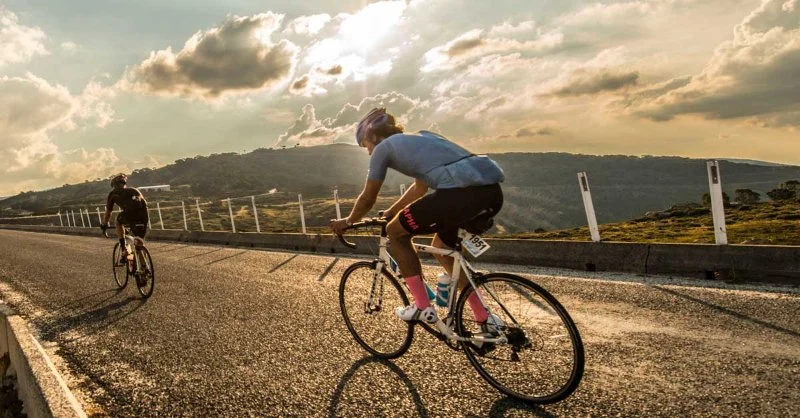
- 1 - What Is Cadence in Cycling and Why It Matters
- 2 - The Science Behind Cadence and Performance
- 3 - Common Mistakes Cyclists Make with Cadence
- 4 - Practical Tips on How to Improve It
- 5 - Real Case Study: Cadence Transformation Journey
- 6 - How Cycling Guider Helps You Optimize Your Cadence
1. What Is Cadence in Cycling and Why It Matters
Cadence refers to the number of pedal revolutions per minute (RPM) while cycling, and it plays a critical role in performance, endurance, and comfort. Many beginners focus solely on speed or power, but ignoring cadence often leads to inefficiency or even injuries. A steady cadence allows cyclists to distribute effort evenly, avoid muscle fatigue, and enhance cardiovascular benefits. Understanding why cadence matters is the first step toward improving cycling technique and long-term progress.
2. The Science Behind Cadence and Performance
From a physiological standpoint, cadence influences how your body utilizes energy. A higher cadence typically relies more on cardiovascular endurance, while a lower cadence puts extra stress on muscular strength. For instance, studies on professional cyclists show they often pedal at around 90 RPM to maintain efficiency during long races. The balance between muscle force and aerobic capacity explains why cadence is not just a personal preference but a scientifically measurable factor in cycling success.
3. Common Mistakes Cyclists Make with Cadence
One of the biggest mistakes is pedaling too slowly, forcing muscles to work harder and risking knee strain. On the other hand, spinning excessively fast without proper control can waste energy and reduce stability. Another common error is maintaining the same cadence across all terrains instead of adapting to hills, flats, and sprints. These missteps prevent cyclists from reaching their full potential. Recognizing these pitfalls is key to making informed adjustments and finding your ideal rhythm.
4. Practical Tips on How to Improve It
Improving cadence requires structured training. Interval sessions with a focus on different RPM ranges help the body adapt to various conditions. For example, alternating between 70 RPM climbs and 100 RPM flats develops both strength and speed. Using cadence sensors and smart trainers provides accurate data, helping cyclists track progress over time. Incorporating drills such as “single-leg pedaling” can also refine pedal stroke smoothness. With consistent practice, cyclists can train their bodies to pedal more efficiently and sustainably.
5. Real Case Study: Cadence Transformation Journey
A practical example comes from a triathlete who struggled with knee pain due to grinding at low cadences. After working with a coach, she gradually increased her cadence from 65 RPM to around 85 RPM over six months. The result was not only reduced pain but also improved race times and recovery. Her journey highlights how cadence adjustments, though subtle, can make a significant difference in performance and long-term health. Stories like this inspire many riders to re-evaluate their cycling habits.
6. How Cycling Guider Helps You Optimize Your Cadence
At Cycling Guider, cyclists can find expert advice, gear recommendations, and training plans tailored to cadence improvement. Whether you are a beginner learning the basics or an advanced rider fine-tuning your RPM for competition, Cycling Guider offers resources that simplify the process. From cadence sensors to performance-enhancing workouts, everything you need to build a smoother, more powerful pedal stroke is available. Investing in the right guidance ensures that cadence becomes a powerful tool for achieving cycling goals.


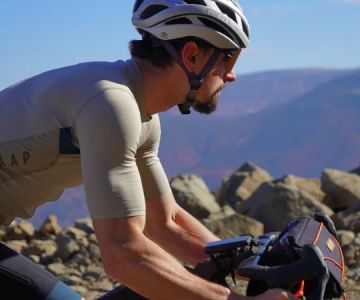
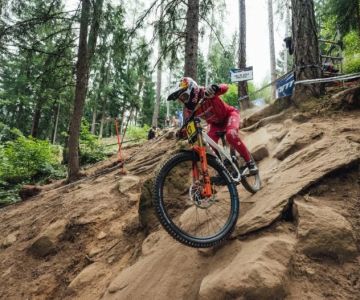

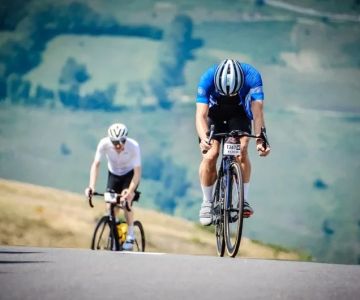
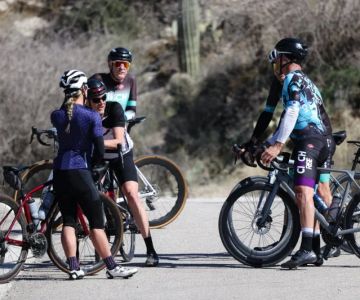
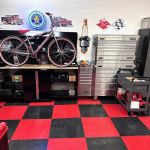 Billet BMX5.0 (2 reviews)
Billet BMX5.0 (2 reviews) Far East Children Bicycle Factory1.0 (1 reviews)
Far East Children Bicycle Factory1.0 (1 reviews)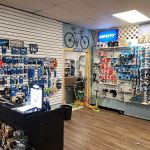 Archer Motorsports, Inc.4.0 (8 reviews)
Archer Motorsports, Inc.4.0 (8 reviews) YEP Bike Works4.0 (55 reviews)
YEP Bike Works4.0 (55 reviews) Gorham Bike & Ski4.0 (498 reviews)
Gorham Bike & Ski4.0 (498 reviews)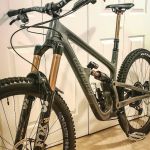 Alchemy Bikes4.0 (37 reviews)
Alchemy Bikes4.0 (37 reviews) How to Teach Kids to Ride a Bike: A Step-by-Step Guide for Parents
How to Teach Kids to Ride a Bike: A Step-by-Step Guide for Parents Tips for Riding on Busy City Streets: Smart Strategies for Urban Cyclists
Tips for Riding on Busy City Streets: Smart Strategies for Urban Cyclists Best US National Parks for Mountain Biking: Ride Epic Trails Across America
Best US National Parks for Mountain Biking: Ride Epic Trails Across America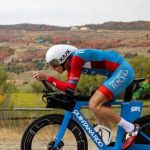 Best Aero Helmets for Time Trials and Racing
Best Aero Helmets for Time Trials and Racing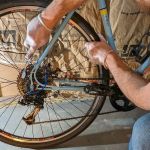 How to Clean and Lubricate Your Bike Chain Like a Pro
How to Clean and Lubricate Your Bike Chain Like a Pro 10 Must-Have Items for Long-Distance Cycling Trips
10 Must-Have Items for Long-Distance Cycling Trips